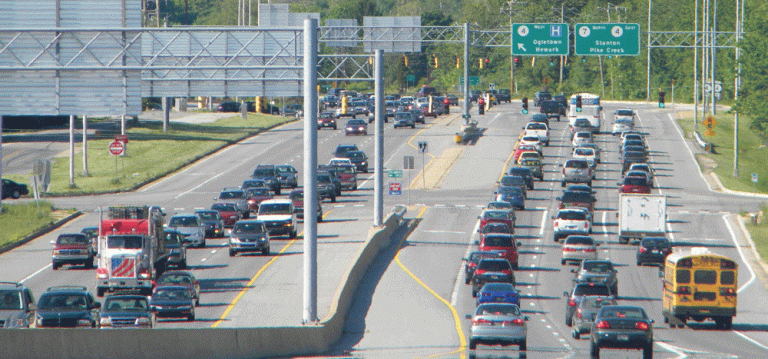
Linus Li
Staff Writer
As University of California, Santa Barbara students realize the approach of Presidents’ Day weekend, many are thinking about going home to visit friends and family, or maybe going someplace else to catch a break post-midterm. While options to take the charter buses or the train exist, many students opt for ridesharing as an alternative to save money and time.
Chances are, you and your neighbor are probably part of Facebook’s many UCSB ridesharing groups that serve students from different areas in California. The official UCSB Ridesharing Group currently has over 12,000 members and it is constantly increasing in size. Nicole Subosheva, one of the group admins, has been both a rider and driver for students.
“I used to get riders from the rideshare group and I found it very helpful when I got rides … people also help you pay for gas which is always helpful,” said Subosheva, a third year global studies major who lives in Riverside, Calif. She likes that ridesharing provides a platform for UCSB students to get home easily and without the hassle of paying extra money to be on public transportation for multiple hours.
Subosheva said ridesharing makes it “much easier” for her while traveling long distances. But she has also had experiences which she described as “embarrassing.” Her boyfriend lives in Merced, and during one rideshare with another passenger, things got strange.
“We got lost and my car does not have a heater and it was 40 degrees out,” she said. “We were all freezing and I felt bad for the guy in the back row because I could tell he was freezing … We made a stop at In-N-Out just so we could get some food and try to stay warm.”
For riders, getting in the car with another student driver can be problematic. First year History student Isaiah You mentioned an incident where he considered “spending $60 on Amtrak instead of rideshare.”
“[The driver] was swerving and honking and swearing at people even though 90 percentof the time it was my driver’s fault,” You said. “The music was super loud … I forced myself to sleep to make things bearable.”
In fact, it is not uncommon for UCSB students to have negative experiences. Second year Psychological and Brain Science Student Alaina Haynes took a ride to Orange County which she described as “dangerous” and left her “uncomfortable”.
“He [the driver] was on his phone the entire time, texting, Instagram, his girlfriend was texting him a lot, and then there was stop and go traffic,” Haynes said. ”I was being a little bit passive aggressive to him. I think he knew I was a little uncomfortable because he was always on his phone but he just ignored me.”
Haynes made a post on the Facebook page following the incident.
“Drivers: please don’t use your phones while driving a car full of other students,” the post reads. “I’ve had many drivers use snapchat, text, instagram, etc. and it is not unreasonable for us to ask you to stop … no matter how well you multitask, it’s very unsafe.”
For drivers, few have never been let down by riders cancelling their rides.
“I could get frustrated and also mad to an extent when people bail on me … because I could have given the spot to someone else in need,” Subosheva said.
On the contrary, there are also drivers who have always been able to fill up their vehicles to capacity prior to leaving.
Third year Psychology student Lauren Cano shares her car during her commute to the Bay Area. She admitted that she has had riders who cancelled on her but it’s “no big deal” considering she has “always been able to fill the spot.” Cano said that there are likely more people trying to get rides than there are drivers and seats.
“I’ve gotten as many as 10 people message me within a couple hours of posting on the Rideshare page, so it’s really not hard to find someone else desperate for a ride,” said Cano.
UCSB classifies itself as a campus “about 100 miles northwest of Los Angeles,” but going home for any of the Gauchos usually involves a long drive. For drivers, that means staying awake and aware for however long the drive lasts.
“I appreciate it when the riders and drivers have conservation because it makes a long drive go by so much quicker,” Subosheva said.
Haynes mentioned that drivers should be “communicative, [explaining] how much they want their riders to pay, where do they need to go, and drop off locations.”
However, rideshare is still the preferred choice for many students looking to get home for weekends and breaks.
“It isn’t run for profit or by a company or any sort of platform, drivers are able to make pretty good money and riders are able to get home at a fraction of the cost of a train, bus, or plane ticket,” Cano said. “Everyone wins.”










